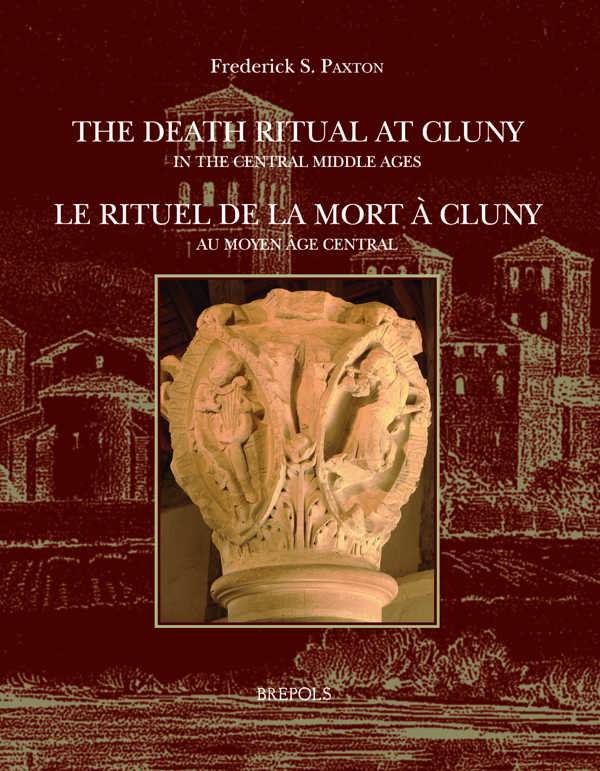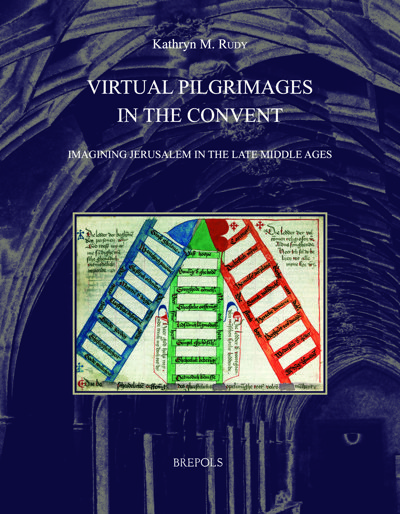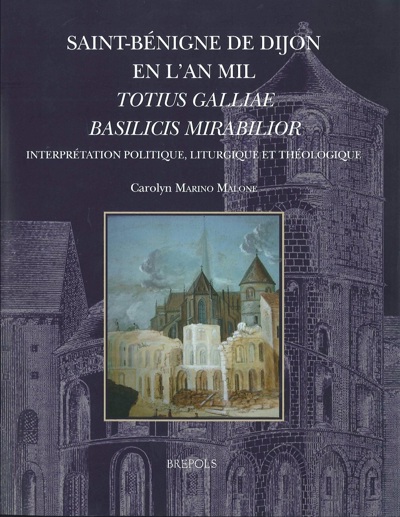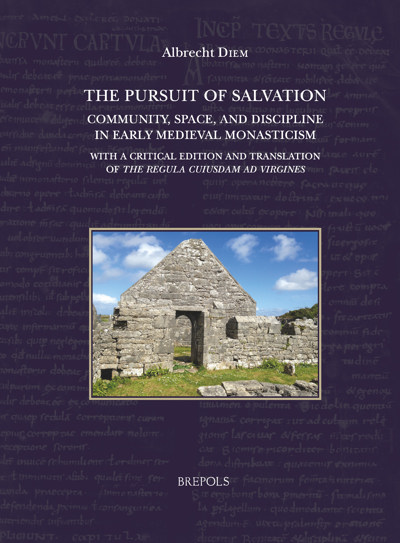
The Death Ritual at Cluny in the Central Middle Ages
Le rituel de la mort à Cluny au Moyen Âge central
Frederick Paxton, Isabelle Cochelin
- Pages: 283 p.
- Size:210 x 270 mm
- Illustrations:7 b/w, 17 col.
- Language(s):English, Latin, French
- Publication Year:2014
- € 110,00 EXCL. VAT RETAIL PRICE
- ISBN: 978-2-503-55010-7
- Paperback
- Available
- € 110,00 EXCL. VAT RETAIL PRICE
- ISBN: 978-2-503-56662-7
- E-book
- Available
This volume contains translations in both English and French. / Ce volume contient des traductions en anglais et en français.
"To those who are not liturgists but want to use liturgical materials as part of a study of medieval culture, Paxton's work provides both a guide for interpreting manuscript sources, and a model. His study, with its lucid descriptions of the parts of the ritual and its glossary of technical terms, will serve as a primer for scholars who wish to learn how to use liturgical sources. (…) This is a volume that has much to offer everyone from to beginning students of religion, interested in ritual performance, to advanced scholars of liturgical life at Cluny. Paxton is to be commended for finding a way to speak to both extremes of his audience without losing either. In the end, perhaps the greatest strength of this volume is the way Paxton is able to convey through his translation and its commentary something of the stakes of the death ritual for the monks, the sense of anxiety mixed with hope, the balance between the promise of heaven and the fear of hell in which they lived their lives, and their nostalgia for an earlier time when perfect deaths, attended by all, seemed possible. In this way, he is able to make the death liturgy of Cluny live for the modern reader."
(Lucy K. Pick, in: The Medieval Review 14.10.16)
"This is how the monks died at Cluny. The entire drama – embracing the equivalent of dialog and stage directions – is here reconstructed with loving and expert care by Frederick S. Paxton, with French translations by Isabelle Cochelin. It is a monumental achievement, needing only the music, a choir and soloists to come to life."
(Barbara Rosenwein, in: Speculum, 90/1 (January 2015), p. 286-288)
"(...) l'ouvrage apparaît d'une grande qualité de facture, de très haute tenue scientifique et particulièrement élégant dans la double traduction qu'il propose. Il s'accompagne en outre d'instruments de travail utiles, notamment de riches annexes et un glossaire trilngue (latin, français, anglais). Surtout, la perspective éditoriale qu'il expérimente est absolument novatrice, ouvrant de multiples interrogations épistémologiques sur les relations complexes entre écrit et oralité, comme entre les textes et les gestes rituels."
(Isabelle Rosé, in: Revue Mabillon, n.s. 27 (2016), p. 369-371)
This volume presents a complete reconstruction of the ritual response to terminal illness and death at the monastic community of Cluny at the height of its development in the later eleventh and early twelfth centuries. Based on the best manuscript of the customary of Bernard, the only account of the abbey's customs written at and for Cluny itself, the reconstruction contains not just Bernard's Latin description of the ritual process, but also the full texts of the prayers and chants that accompanied it, gathered, in the absence of surviving ritual books from Cluny itself, from contemporary sources with clear ties to the Cluniac customs. Facing-page English and French translations make the results available to readers with little or no facility in Latin. The author places the Cluniac death ritual in the context of religious responses to death, dying and the care of the dead in medieval Latin Christianity as a whole. He also explicates the origins, development and meaning of the Cluniac death ritual's myriad elements as they were spoken, sung and performed within the sacred spaces of the monastic complex—cloister, chapter house, infirmary, church and cemetery.
Frederick S. Paxton is Brigida Pacchiani Ardenghi Professor of History at Connecticut College, in New London, CT, USA. He is the author of Christianizing Death: The Making of a Ritual Process in Early Medieval Europe (1990), Anchoress and Abbess in Ninth-Century Saxony: the Lives of Liutbirga of Wendhausen and Hathumoda of Gandersheim (2009) and numerous articles and essays on sickness, death, dying and the dead in medieval Europe.
Ce volume offre une reconstruction intégrale du rituel de la communauté monastique de Cluny lorsqu’un moine malade était en phase terminale puis mourait, à la fin du XIe-début du XIIe siècle, alors que l’abbaye était au faîte de sa gloire. Sur la base du meilleur manuscrit du coutumier de Bernard, la seule description des coutumes de l’abbaye écrite à Cluny-même pour Cluny, cette reconstruction ne contient pas seulement le texte latin de Bernard décrivant ce rituel mais aussi l’intégralité des prières et chants qui l’accompagnaient. Parce qu’aucun livre liturgique de Cluny n’a survécu, ces prières et chants sont extraits de sources contemporaines liées aux coutumes clunisiennes. Des traductions en anglais et en français font face au texte latin, rendant ainsi ce texte fascinant accessible aux lecteurs maîtrisant peu ou prou le latin médiéval. Par ailleurs, dans l’introduction et le commentaire, Frederick Paxton interprète le rituel clunisien de la mort dans le contexte de la conception chrétienne, médiévale et latine de l’agonie, de la mort et du soin aux morts. Il explique en outre, dans le commentaire, les origines, le développement et la signification de la multitude des éléments du rituel clunisien de la mort chantés, parlés et mis en scène dans les espaces sacrés du complexe monastique – le cloître, la salle du chapitre, l’infirmerie, l’église et le cimetière.




